Maney tortoise in water.
Tortoises (/ˈtɔːr.təs.ɪz/) are reptiles of the family Testudinidae of the order Testudines (Latin: tortoise). Like other turtles, tortoises have a shell to protect from predation and other threats. The shell in tortoises is generally hard, and like other members of the suborder Cryptodira, they retract their necks and heads directly backward into the shell to protect them.
Testudinidae
Temporal range: Eocene–Recent
PreꞒ
Ꞓ
O
S
D
C
P
T
J
K
Pg
N
Aldabra giant tortoise
(Aldabrachelys gigantea)Scientific classificationKingdom:AnimaliaPhylum:ChordataClass:ReptiliaOrder:TestudinesSuborder:CryptodiraSuperfamily:TestudinoideaFamily:Testudinidae
Batsch, 1788Type genusTestudo
Linnaeus, 1758
Tortoises can vary in size with some species, such as the Galápagos giant tortoise, growing to more than 1.2 metres (3.9 ft) in length, whereas others like the Speckled cape tortoise have shells that measure only 6.8 centimetres (2.7 in) long.[1] Several lineages of tortoises have independently evolved very large body sizes in excess of 100 kg, including the Galapagos giant tortoise and the Aldabra giant tortoise. They are usually diurnal animals with tendencies to be crepuscular depending on the ambient temperatures. They are generally reclusive animals. Tortoises are the longest-living land animals in the world, although the longest-living species of tortoise is a matter of debate. Galápagos tortoises are noted to live over 150 years, but an Aldabra giant tortoise named Adwaita may have lived an estimated 255 years. In general, most tortoise species can live 80–150 years.
Tortoises are placid and slow-moving, with an average walking speed of 0.2–0.5 km/h.
-
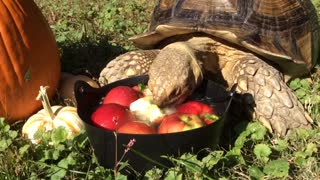 0:20
0:20
JediTorts
6 years agoBob the Tortoise bobs for apples
1.61K1 -
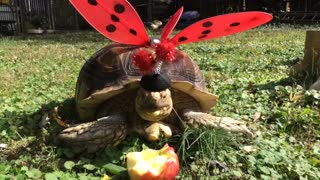 0:11
0:11
JediTorts
6 years agoNo Tricks Just Treats for Bob the Tort
6 -
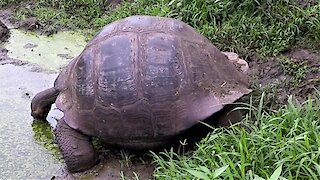 1:07
1:07
WildCreatures
4 years ago $2.55 earnedGiant Galapagos Tortoise gulps water at his favorite drinking hole
3.56K -
 1:52
1:52
matthuk
3 years agoIt's tortoise time
13 -
 1:20
1:20
Reptile Rescue
2 years ago🐢 Tonka Tortoise Takes A Rare Drink ❤
65 -
 0:58
0:58
weddo
2 years agoBaby Tortoise | Baby Tortoise Walking | Baby Tortoise Home
12 -
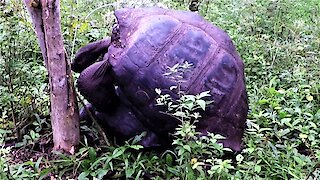 0:57
0:57
WildCreatures
4 years ago $12.98 earnedAmorous Giant Galapagos Tortoises knock a tree down with their enthusiasm
5.15K8 -
 3:28
3:28
Heidi Harris Show
1 year agoBuilding a desert tortoise burrow
97 -
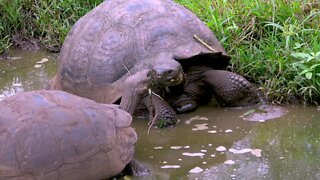 1:31
1:31
WildCreatures
2 years ago $4.67 earnedGigantic tortoise dives into pond to impress girlfriend
11.8K41 -
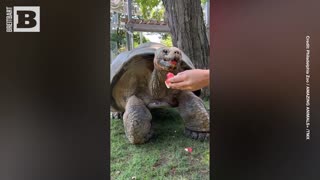 0:36
0:36
Breitbart
10 months agoJUICY! 99-Year-Old Tortoise Chows Down on Watermelon at Philadelphia Zoo
7591